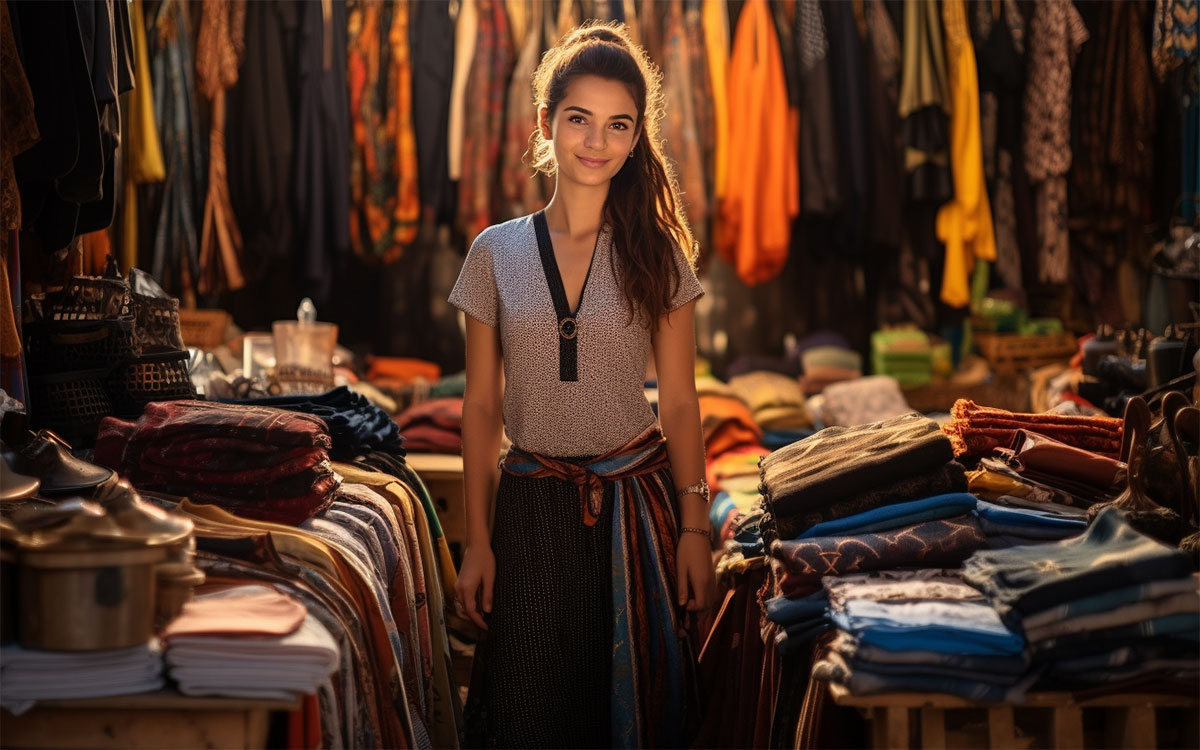Shopping for clothes can be a blend of discovery, creativity, and even a bit of adventure. Yet, for many, the process can also feel daunting, especially when faced with overwhelming options, sizing concerns, or the bustling atmosphere of stores. Transforming clothes shopping from a chore into an enjoyable experience is possible with a few mindful strategies and a positive outlook. Here are practical tips to help you make the most of your shopping journey, enjoy the process, and find the perfect items to enhance your wardrobe.

Kredit: Getty Images/iStockphoto | shironosov
1. Set Intentions and Prepare
Know Your Wardrobe Needs
Starting with a clear idea of what your wardrobe is missing can make shopping more purposeful. Consider creating a checklist or a mental note of items you genuinely need, whether it’s a new coat, comfortable workwear, or a few seasonal pieces. This approach minimizes impulse buys and helps focus … Read more



